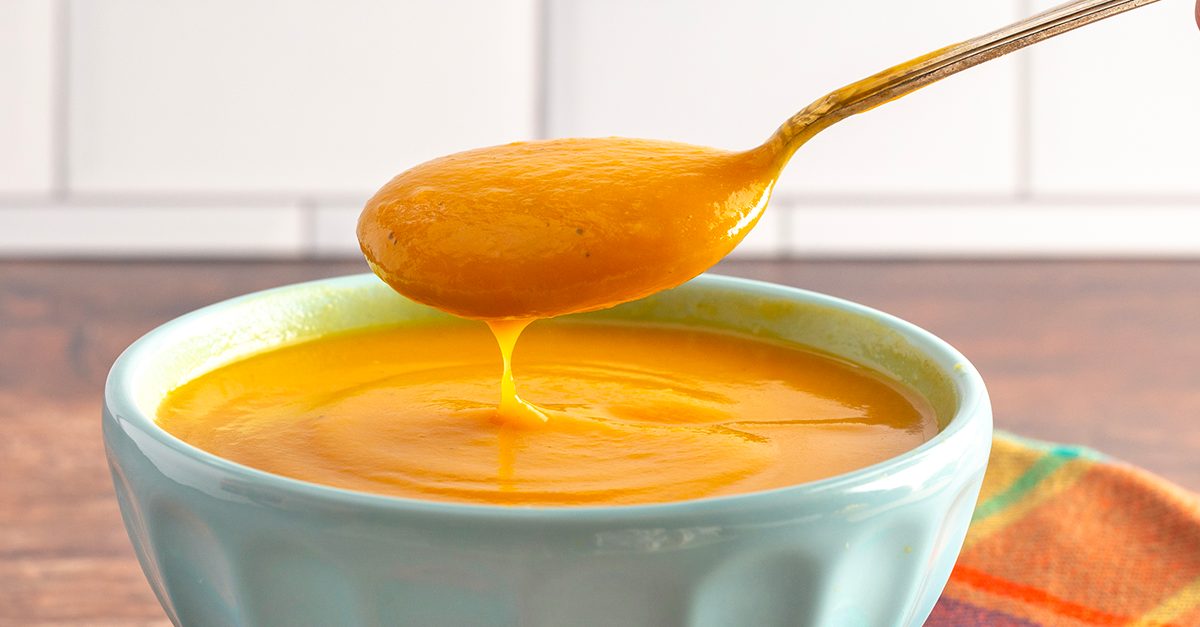Cornstarch: characteristics and uses of cornstarch
Cornstarch is especially known as a thickener to be used in the kitchen or to make desserts softer. Cornstarch is particularly suitable for those suffering from celiac disease, as it is a gluten-free food. Here are its characteristics and uses in the kitchen and more.
;Resize,width=742;)
Cornstarch is especially known as a thickener to be used in the kitchen or to make desserts softer. Cornstarch is particularly suitable for those suffering from celiac disease, as it is a gluten-free food. Here are its characteristics and uses in the kitchen and more.
Cornstarch: properties and main characteristics
Cornstarch, consisting mainly of starch, does not have many properties, but it has some peculiar characteristics that it is important to know. Regarding nutritional values, cornstarch is mainly composed of carbohydrates, as well as mineral salts such as potassium, magnesium, calcium and sodium. Cornstarch does not contain gluten, which makes it an excellent ingredient for the preparation of recipes aimed at people suffering from celiac disease or gluten intolerance or gluten allergy. The use of cornstarch has proved useful also in the case of diabetes as it acts positively on blood sugar levels; you can find these positive effects especially by consuming the cornstarch with green tea, rich in a particular active ingredient, epigallocatechin-3-gallate, which keeps blood sugar levels under control. Cornstarch also provides a soothing and emollient action; this is why cornstarch is used in some natural remedies to reduce skin rashes, such as dermatitis and urticaria, or in cosmetics, to soften the skin. Because of its absorbent and polishing properties, cornstarch is also used as a home-care ingredient; to remove stains from carpets, to clean glasses or silverware, and more.
;Resize,width=767;)
;Resize,width=712;)
;Resize,width=712;)
;Resize,width=712;)
